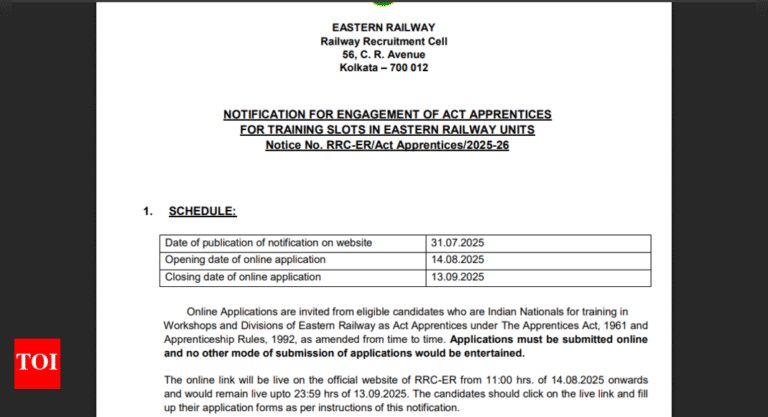
With the new school year less than three weeks away, Chicago Public Schools (CPS) is rolling out a major restructuring of its special education services. The district is replacing a compliance-centred approach with one that prioritises instructional quality and classroom support for students with disabilities. While the effort is being presented as a strategic and student-focused reform, the timing and scale of the change have raised concerns about how ready schools will be when students return.
A new structure and a new department
As part of the overhaul, CPS is eliminating two central office departments: the Department of Procedures and Standards and the Department of Instructional Support. These units have historically focused on regulatory compliance and school guidance. In their place, a new department, Academic Access, has been created to lead the district’s special education services with a focus on inclusive instruction.Alongside this, two long-standing administrative roles are being phased out. The district representative and special education administrator positions are being replaced with school-based special education coordinators expected to work more directly with educators and students.The district has redefined 65 central office roles. Most impacted staff members who reapplied have been hired into new positions, and CPS has indicated that it is still finalising additional hires.
Emphasis on inclusion over regulation
The reorganisation reflects a shift in philosophy. Instead of prioritising rule-following and procedural oversight, the district is focusing on embedding strong instructional practices within special education. The idea is that by improving the quality of education students receive, compliance will follow naturally, rather than driving the process.This approach marks a significant departure from past practices. For more than two decades, CPS operated under a compliance-first model, often emphasising documentation and regulation over instructional depth. The new structure is designed to reverse that pattern by putting teaching and learning at the centre.
Concerns over timing and readiness
The timing of the change has drawn concern from disability advocates and education policy experts. With classes beginning August 18, many are questioning whether the new structure will be fully operational in time. The hiring and training process for new roles is still ongoing, and the transition may lead to confusion or service disruptions during the early weeks of the school year.One key worry is whether students with disabilities will have their supports and accommodations in place from day one. If roles aren’t fully staffed or staff are still learning their responsibilities, schools may struggle to ensure legal and educational requirements are met consistently across campuses.
Additional staffing under the union contract
The restructuring is happening alongside new staffing investments required under the latest Chicago Teachers Union contract. CPS plans to add 120 new case managers to oversee special education services at the school level and hire 100 additional clinicians, including speech pathologists and occupational therapists. These additions are expected to strengthen on-the-ground support and improve service delivery in the long term.Still, with systems being redesigned and new teams being assembled at the same time, the short-term implementation risks remain a point of tension.
Lessons from the past and cautious optimism
This isn’t the first time CPS has attempted a major overhaul of its special education system. A similar restructuring in 2016–17, done during a period of budget pressure, led to delayed or denied services for many students. That episode resulted in state intervention and three years of special oversight by the Illinois State Board of Education.This time, state officials have been actively engaged with CPS during the planning process and will continue to monitor the rollout. Some advocacy groups have expressed cautious support for the district’s new approach, particularly the move to place trained staff closer to schools, but are emphasising the importance of strong oversight, continuous training, and clear communication with families.
A strategic shift under pressure
With 54,000 students with disabilities (16.4% of the CPS student population) the success of this restructuring carries high stakes. The district is framing the changes as a long-term investment in inclusive instruction and improved student outcomes. But the accelerated timeline, combined with lingering staffing gaps and a history of missteps, means the pressure is on for CPS to deliver.As students prepare to return, the central question remains: Can this bold new model be implemented effectively — and will it improve learning and support for those who need it most?








